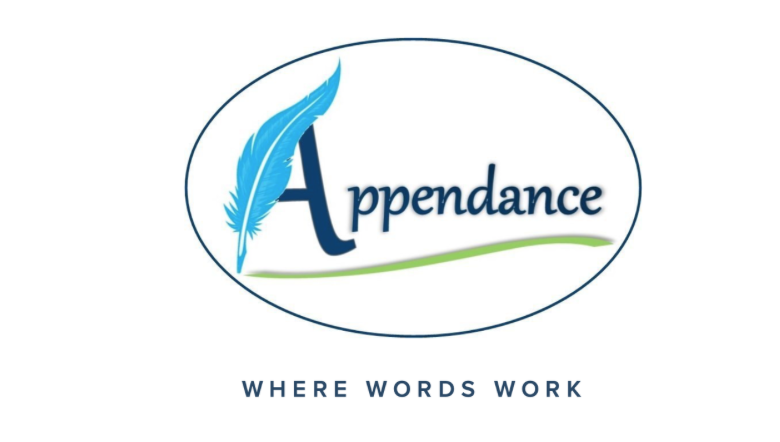Writing Personalities
Just like the way we talk, move, interact with our families and friends, and move through our day, our writing reveals a slice of who we are. But writing, like all communication, involves two sides: a sender and a receiver. As the writer, we know what we want to say. And most of our education has taught us how to get our thoughts onto the page or screen in front of us.
But how do we know what other people think when they read our writing? How do we know what they think about us? Especially when they’ve never met us before.
Our writing sends signals to other people about our attention, our interests, and our goals.
For example, the greeting of an email can send a signal about our level of comfort with the person we are communicating with. If we write
Dear Melanie,
We are using a formal greeting. This type of greeting is traditional and appropriate for business, but because it is used so rarely in our professional world, it can seem a little distant. That distance can suggest that the writer and reader don’t know each other well, but it can also suggest that bad news is coming. This expectation of bad news has to do with our experience receiving messages from people we don’t know. They either are going to tell us something bad has happened or they are going to try to sell us something.
Alternatively, if we start a message with just a person’s name
Melanie,
We aren’t using a greeting at all. This type of greeting is like yelling or calling out to a person far away. We yell people’s names to get their attention, so this will work, but yelling a person’s name can startle them, scare them, or make them feel put on the spot. It’s unusual for us to just say a person’s name at the beginning of a conversation. We typically use a greeting word like “hi” with the person’s name in order to initiate a conversation, and most of us expect that same behavior in our professional messages.
Another greeting some people use is
Hey Melanie,
This greeting is typically used by people who are less formal, more casual, often younger—of the “it’s ok to wear a hoodie to work” generation. Basically, “hey” hasn’t been a conventional greeting in professional writing for the last few centuries, so it’s newer and might be seen by the reader as immature. “Hey” can be used with people you know who you’ve met in person and already established a connection with. But “hey” should be avoided when communicating with people you’ve never met before, as they might judge you as someone who doesn’t quite know what they are doing.
You may not have thought about how other people are reading your messages or what they are thinking about you when they read what you write, but you are probably curious! We’ve developed a writing personality quiz to help you determine what signals your writing style is sending to those around you. By answering a few questions, you’ll start to get a sense of what positive traits your writing shows and where are some areas for improvement.
And, if you decide you want help with your writing style, sign up for one of our classes so we can give you specific, individual feedback that will help you improve!
